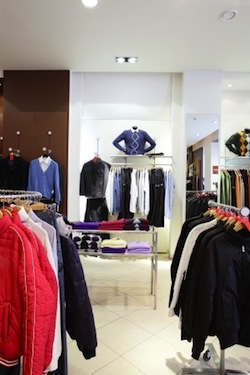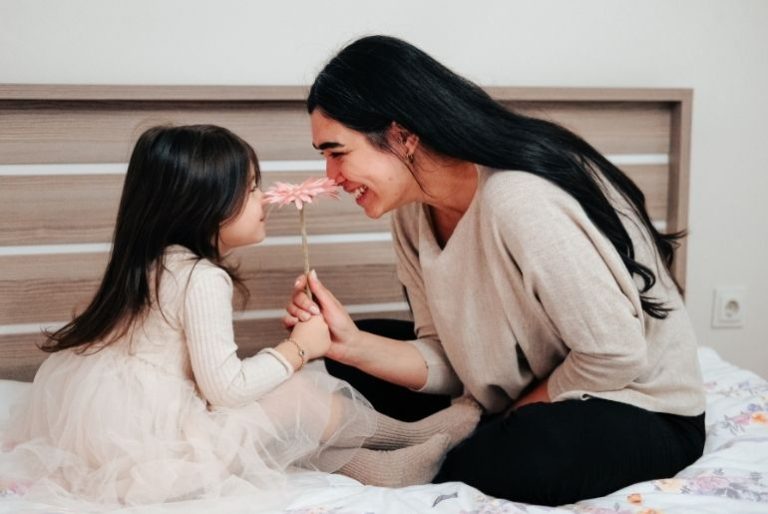“Good morning/afternoon! How can I help you today?”
I have long since lost track of how many times I’ve said this line in the years I’ve served as a shop assistant. I’ve certainly heard my share of ‘just looking’, ‘no thank-you’, and the classic Possum-in-Headlights stare.
I accept that there are many reasons for why the offer of assistance it not always accepted with returned enthusiasm. (Afterall, as an opening line goes, it’s not “In a hole in the ground there lived a hobbit”.)
A reason I hear from clients a lot is that they simply don’t know what they’re really looking for when they go shopping.
My previous articles have (hopefully) helped shed some light on how to avoid common pit-falls in shopping, such as buying colours that don’t suit, shapes that don’t flatter, and styles that don’t fit with your personality. Hopefully too you’ve had a chance to clear out your wardrobe and discover that, rather than a bottomless hole, it’s more like a tunnel which you can now see light through.
How I can help you today is to give you some tips on defining what you’re looking for, and how to find it, to develop your wardrobe so you can have confidence wherever you go, whatever you do, and whoever you have the chance to inspire along the way.
Step 1: Plan
To ensure you ‘make friends, not strangers’, start by taking a look at your recently sorted wardrobe, and identifying where there are gaps that, if filled, will help you make better use of the items you have, and ultimately move you forward towards your overall personal goals.
We all know how Murphy’s Law applies to shopping: the more specific we are about what we’re looking for, the harder it is to find.
It is good to have criteria, but it helps to know which of those features really are essential to an item fulfilling its purpose in your life, and which items we can be flexible on. For example:
Once you’ve planned what you’re going to be shopping for, you need to know both how much you have to spend on said item(s), and when to shop.
No matter how small you may feel your budget is, you can make a little stretch a long way, but if you have a ‘zero budget mentality’ no amount will ever be enough. Remember, you are part of your family, so include items for yourself in your family budget.
Finally, plan when you’ll go shopping. Be proactive, not reactive. Think ahead and anticipate when items will need replacing, or when events will be coming up. Giving yourself time means you have the luxury of being able to be more flexible about where you shop. For example, if you’re not in a hurry, you can keep an eye on second hand shops, trade me, or wait for sales at boutiques, in order to get just the right item for a price that fits your budget.
Leaving things too late will add to your stress and to the likelihood that you’ll compromise on vital things and so not get satisfaction or value from what (if anything) you buy.
Step 2: Window Shopping (or in my case, ‘strategic research’)
My mum always spoke of going ‘window shopping… but not for windows’ (we always remember our parent’s bad jokes!). At some point at the beginning of each season she would go through town and see what was ‘being worn’.
Today we have the advantage of being able to ‘window shop’ from the comfort of our homes, through the internet. We can look on stores’ websites, general fashion shopping sites, or street style photography to get inspiration for the things we need; find out where we’re most likely to find it; or whether we need to put looking for that item on hold for this season, look in second hand shops, or make it ourselves.
Step 3: Hunt and Gather
Once you have identified the most likely stores to stock the item(s) you’re looking for, look around for garment type, colour, silhouette, design features and so on, based on what you know of your own personal style.
When collecting an item from the rail/shelf to try on, also collect a size up or down – as the number on the tag is a rough estimate only. (Remember, the only label that actually means anything is the care label!).
When trying things on, given them a good road test:
- Step out of the changing cubical (‘changing room’ is far too generous in most cases) and look in a mirror from a distance of a few metres to get a better perspective of how it looks.
- Walk around, sit down or bend over, and see if it is practical for the type of activity you’ll be doing in it.
- See if you automatically fidget with it, trying to keep it sitting the right way. Ideally, once you have clothes on, you won’t need to think about them any more, so if you’re constantly checking if something’s sitting ok, sooner or later you’ll decide it’s too much work always choose something else to wear instead.
Another good idea is to try on complete outfits along with the particular item you’re thinking of buying. You might be able to confirm that it will go with things you have at home, or get ideas for additional outfits you could try. It costs nothing to simply try on. If you find you could utilise the other pieces of the outfit in your wardrobe as well (so long as your budget will allow for it), then that’s fantastic: you’ve saved yourself another shopping trip later on.
Throughout this process, remember that Shop Assistants are there to help you. They’re not scary, dishonest, sales-hungry monsters. At worst they’re bored, and sick of people ignoring them or being very rude to them. If you’re patient and kind, and communicate why as well as what you’re looking for, they can help you find needles in haystacks and save you a lot of time and effort. They can even provide you with useful information such as when something that suits your needs better than what’s in store right now will be arriving, or occasionally when things will go on sale.
Step 4: Catch and Release.
Once you’ve found what you hope is ‘the one’, give yourself some breathing space to make sure it is love, and not just lust. Put it on hold and go for a cup of tea, or a walk around the block. If you can sleep on it and come back to it the next day that’s even better.
As you think about it, and double-check your list, you may realise that actually, it had this or that feature which would really bug you; or that it wouldn’t really go with anything else; or that it isn’t much different from something you’ve already own, so it wouldn’t actually serve any new or useful purpose. Or the brief absence will make you love it all the more.
Step 5: Introduce your new items to your wardrobe.
When I was very young, I used to amuse (and possibly frustrate) my mother by taking new items into my room and proceeding to ransack my wardrobe in order to lay out new outfits, or even do a bit of a fashion parade.
I still do this today. I love the satisfaction of confirming I have made the right choice, and discovering new ways to wear old items thanks to the new purchase.
It’s an excellent way of making the most of the excitement of something new to plan outfits for times when you’re out of inspiration.
(You do not have to follow the trend of going one step further and photographing each outfit and posting it on social media – although possibly keeping the photos in a file for those lack-of-inspiration days could be useful)
The ultimate goal of shopping with purpose is to increase the value and use you get from all items that make their way into your wardrobe. ‘Buy less, wear more’ is becoming a common slogan. That way, you can gradually afford to invest in better quality items that will last longer, or items that are made under fair working conditions, or from materials that don’t cost the earth. We don’t have to all become eco-warriors and don a super-hero costume (made from recycled water bottles). If we simply committed to only buying what we need, and really valuing those items, we can ensure the world becomes a healthier, more stylish place for the next generation.
Speaking of needs, here is a helpful image, created by Sarah Lazarovic, to keep in mind when you’re wondering where to start a shopping expedition: [http://www.ecouterre.com/sarah-lazarovics-buyerarchy-of-needs-tells-it-like-it-is/]
There is a lot more I could add, but hopefully this introduction has been given you a few useful ideas to help you on your way to a confident and satisfying experience with your wardrobe.
Feel free to get in touch if you have any additional shopping, swapping, or sewing questions.










